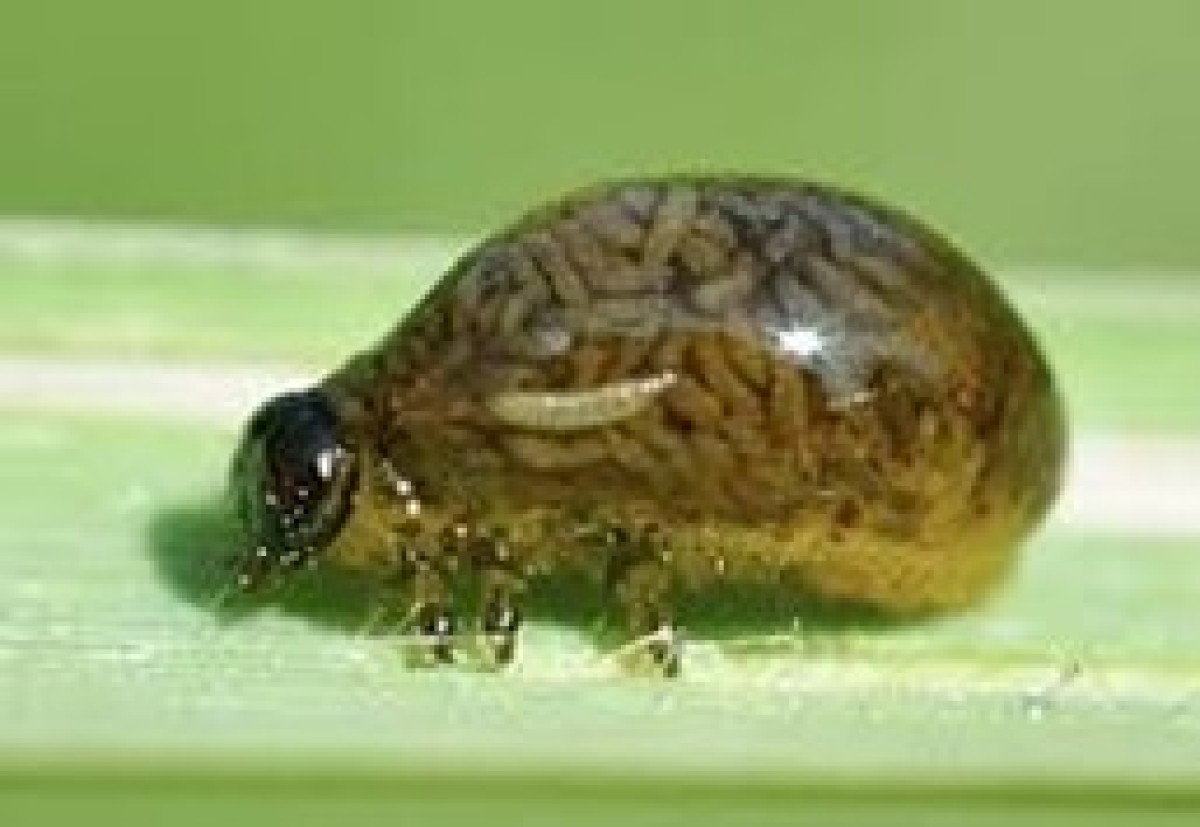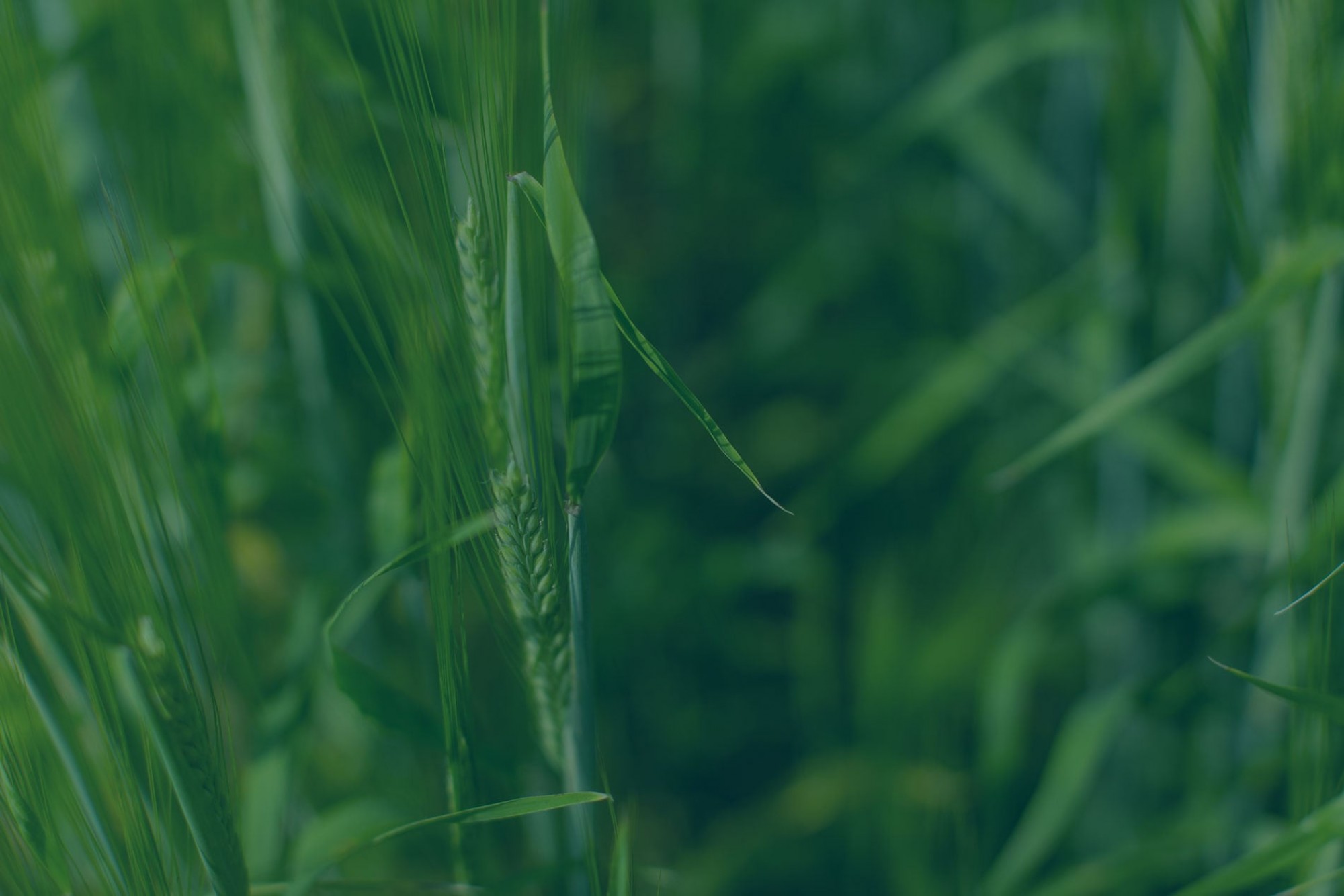Insect pest update - June 2025
By: Amanda Jorgensen, Insect Management Specialist, Alberta Agriculture and Irrigation;
Ruoxi Xia, Agronomy Extension Specialist, Alberta Grains.
With the warm, mostly dry spring, most insect pests have been active early. Insect development and scouting for most pests is occurring 1-2 weeks earlier than average. Insect trend going forward will depend on growing conditions later in the year.
Cutworms:
We have cutworm reports coming in from across the province and are getting questions about thresholds. We are still seeing redbacked but are getting more dingy cutworms. The redbacked cutworms are older and larger larvae at this point, so may require referring to product labels for suggested rates to get effective control. In gardens, yellowheaded and dingy are common as well.
We have seen a good number of Banchus ‘cutworm killer’ wasps, Tachinid flies, and other natural enemies of cutworms. Following cutworm thresholds helps preserve these field heroes!
If you find cutworms, please consider using the Alberta Insect Pest Monitoring Network’s “2025 Cutworm Reporting Tool” then view the live 2025 cutworm map updated daily. Review the live map to see where cutworms are appearing then prioritize in-field scouting accordingly.
Additional Resources:
- Cutworm species, thresholds, and management
- Field Heroes – Learn more about beneficial insects in your crops

Table 1: Nominal thresholds of cutworms. Source: https://prairiepest.ca/2025/week-4/#post_16792.
Wireworms:
We have gotten a few reports, especially in southern Alberta, of problematic wireworm populations. Scouting fields that have poor emergence or are ‘patchy’ is important for determining whether the cause is cutworms, wireworms, seeding issues, disease, or abiotic conditions.
Additional Resources:
- Post-emergence Wireworm Scouting
- More comprehensive information about the primary wireworm pest species can be found in the Guide to Pest Wireworms in Canadian Prairie Field Crop Production

Figure 1. Main pest wireworm species in the Canadian Prairies. Source: Guide to Pest Wireworms in Canadian Prairie Field Crop Production.
Grasshoppers:
Grasshoppers are generally ahead of their normal development. and are set to be particularly damaging in the parts of the province that are drought-stressed.
More specifically, in Southern Alberta, we have reports of second to third instar two striped and second instar clearwing grasshopper nymphs in the last week of May. Second instar two-stripped grasshopper nymphs are observed just north of Edmonton. Further north, grasshoppers are mainly at the first instar stage.
The heat and overall low precipitation is allowing for very advanced grasshopper development. Areas that have received little rainfall this spring are at a high risk of grasshopper damage, as plants will be less able to tolerate feeding. We are recommending that producers scout often for grasshoppers over the next few weeks.

Figure 1. First instar grasshopper nymph. Photo credit: Amanda Jorgensen.
Additional Resources:
- How to scout for grasshoppers
- Alberta Moisture Situation Update
- Monitoring protocol and pest grasshopper species
- Diversity of grasshopper species and scouting photos

Cereal Leaf Beetle:
We have continued to receive reports of adult and larval cereal leaf beetles in fields in southern Alberta. We don’t have information on population density but recommend that producers scout.
Additional Resources:
Figure 2. Cereal leaf beetle larva. Source: Washington State University.


